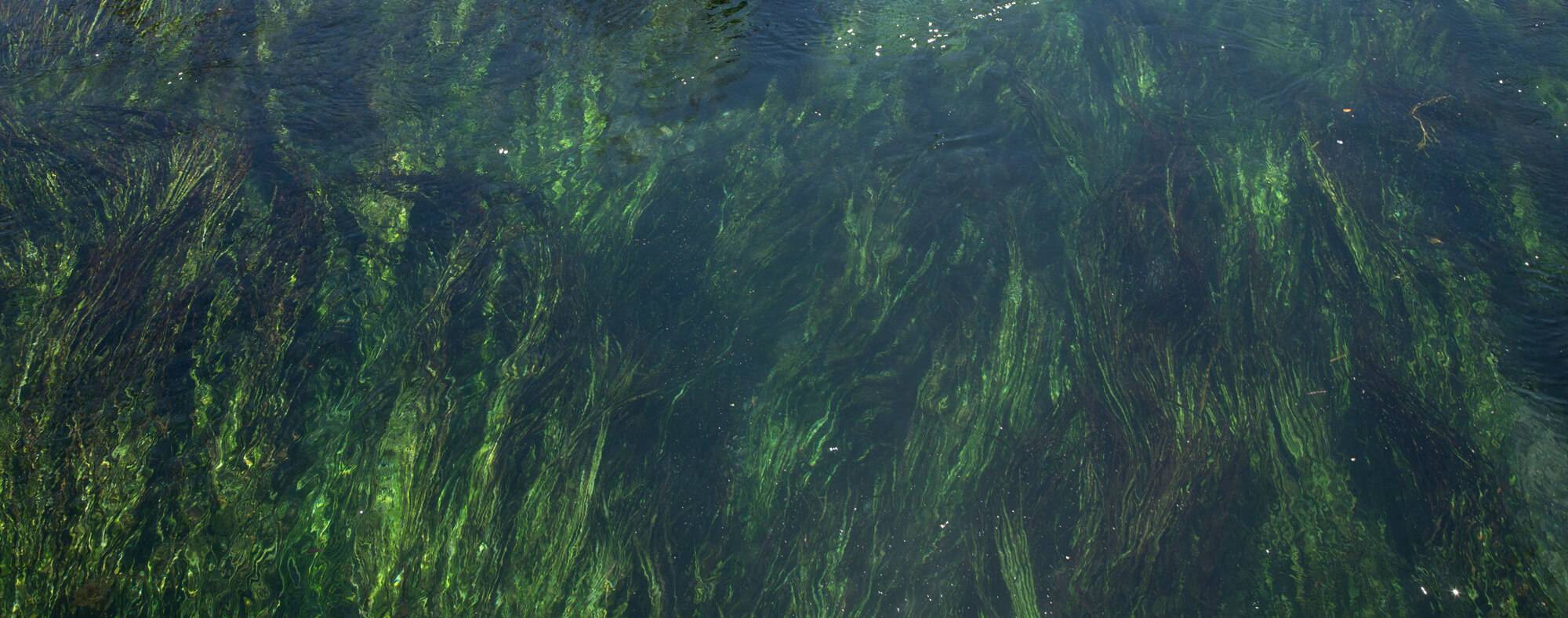Texas Beach Watch

Project Summary
Texas Beach Watch, a program funded by the U.S. Environmental Protection Agency, is administered by the Texas General Land Office to monitor water quality at Texas' recreational beaches. When bacteria levels in the water exceed the acceptable standards, the Texas General Land Office works with local governments to issue advisories warning the public not to swim in affected waters.
Since 2004, Texas Beach Watch has managed a network of 164 monitoring locations at 61 designated contact recreation beaches and has collected data from more than 90,000 sampling events. The Meadows Center is working with the Texas General Land Office to analyze this data, determine trends, identify critical issues and develop a better understanding of how nonpoint source pollution impacts contact recreation conditions at barrier island and bay sites.
Nonpoint source pollution is water pollution that is caused by widely dispersed sources of pollutants. While most nonpoint source-caused pollution problems are associated with pollutants carried by runoff from rain, other pollutant sources include spills and leaks, atmospheric deposition, and hydrologic modifications.
The Meadows Center analysis will focus on fecal indicator bacteria to uncover how alterations of coastal hydrodynamics impact water resources, determine which areas are suitable for further study and inform priorities for coordinating programs.
Objectives
-
Utilize data provided by the Texas General Land Office and other sources as necessary to conduct basic data analysis.
The dataset will include approximately ten years of data from 164 monitoring locations.
- Summarize statistics for each site (maximum, minimum, average, geometric mean, median, number of exceedances of beach action value (104 cfu/dL) percent exceedances of beach action value);
- Environmental data (recent rainfall, weather, temperature, salinity, wind tide, and other relevant information) will be incorporated into the analysis;
- Determine if values are trending/changing over time and space;
- Determine the bounce-back rate (return to baseline) for each beach;
- Group sites based on characteristics (excellent water quality, good, fair, poor);
- Determine if groups of sites (in close geographic proximity) share characteristics;
- Additional considerations for comprehensive data analysis:
- Public reports of beach closures related to public health and/or water-related illness,
- MS4 permit violations and/or documented illicit discharges;
- Consult with GLO to review results and determine if additional analysis is needed.
-
Conduct advanced data analysis for sites exhibiting characteristics that warrant additional study.
This analysis will focus on sites that may have poor water quality or are showing trends of interest.
- Utilize multi-variate analytical techniques to determine correlation and/or cause of water quality conditions. GIS tools and techniques may be required to supplement the analysis.
- Map the sites and code site symbols to reflect information related to results.
- Consult with GLO to review results and determine if additional analysis is needed.
-
Summarize information and findings with narrative and graphics.
- Summarize information in written narrative, graphs, charts, tables, and information graphics.
- Develop a brief summary of data (under 2 pages) for each of the 8 counties where monitoring occurs.
- Consult with GLO to review results and determine if additional analysis is needed.
Project Resources
Funder
This project is funded by the Texas General Land Office.
